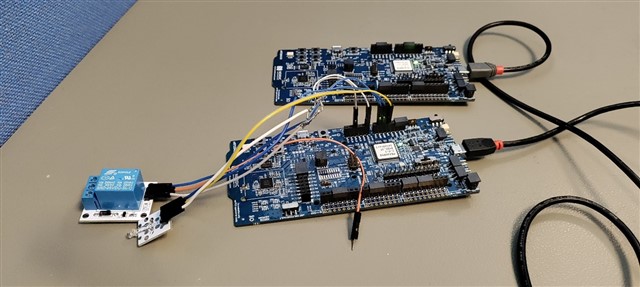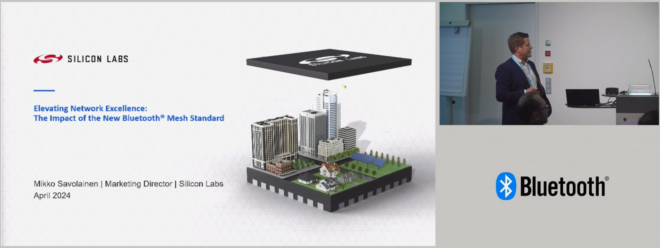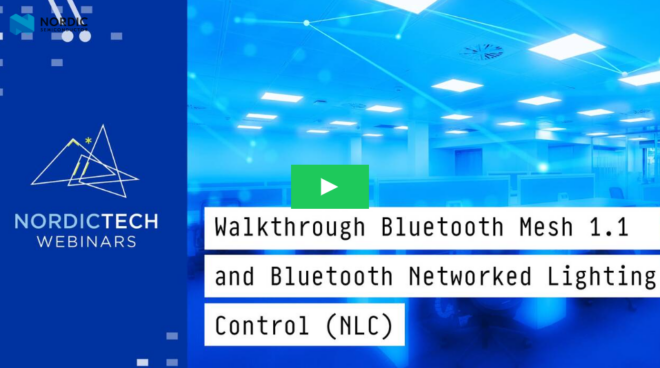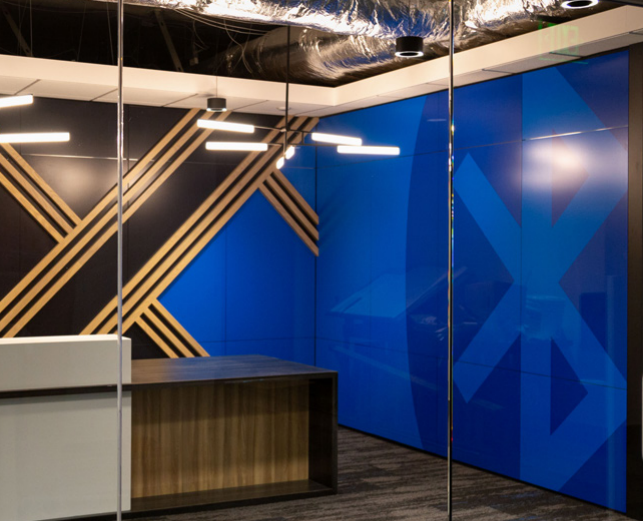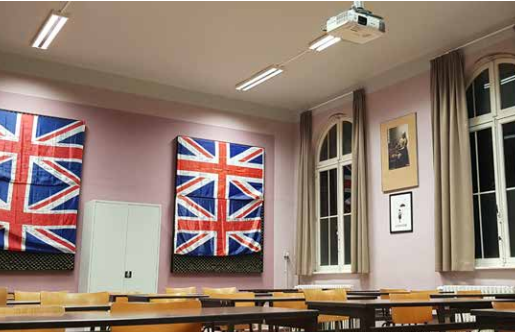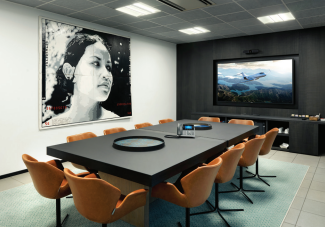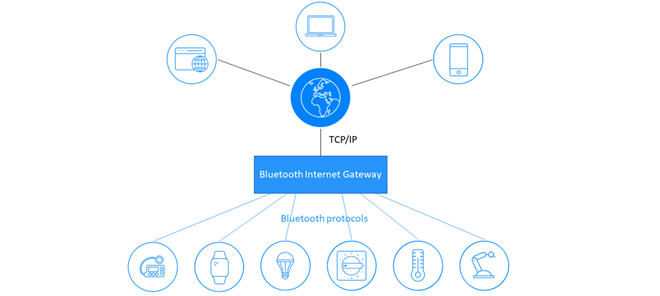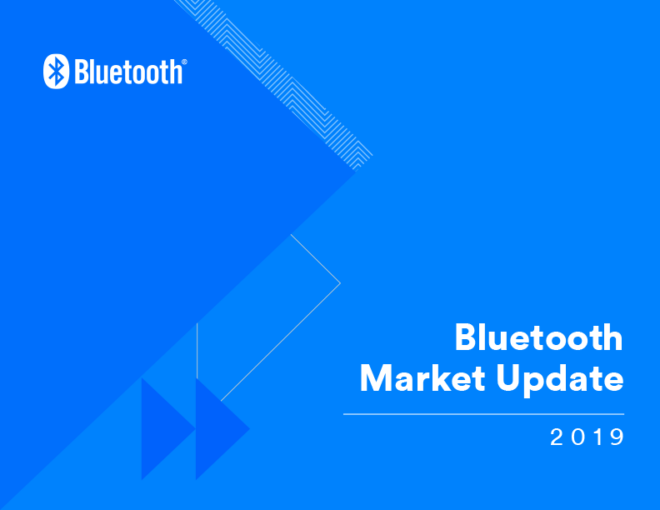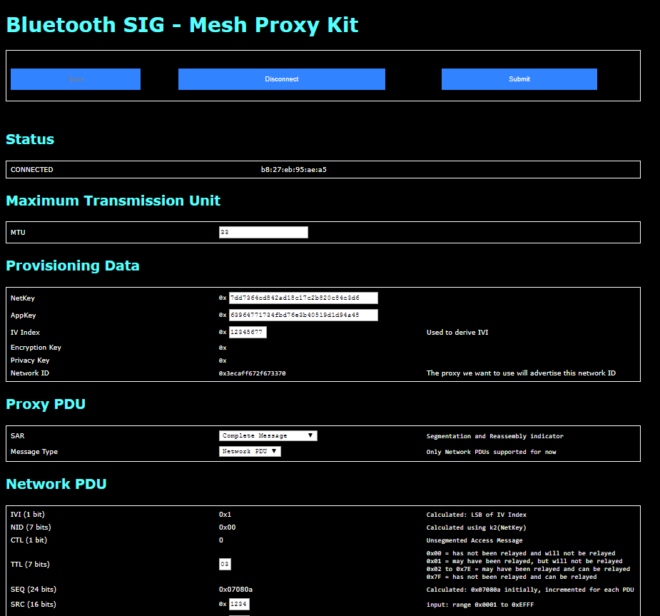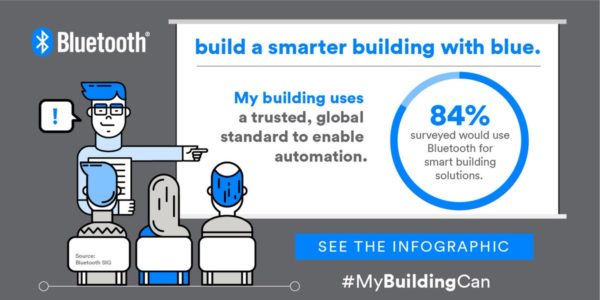“Combining Bluetooth® Mesh with DALI is a natural choice for the commercial lighting industry. The combination enables sensor-rich lighting systems and will deliver powerful new IoT capabilities to building managers.”
Paul Drosihn, DiiA General Manager
The light has turned on for smart building industry influencers, including chief of CBRE Global Workplace Solutions Rick Jacobs, who have realized IoT lighting makes good business sense. With the introduction of cornerstone wireless technologies such as Bluetooth® Mesh, the cost associated with achieving human-centric lighting and the benefits derived from it are now aligned.
Illumination is not the only thing you can get from an intelligent luminaire. The data that flows through intelligent connected lighting networks can unlock opportunities and efficiencies in real time while also providing diagnostics, performance monitoring, and predictive maintenance that helps long-term network operations.
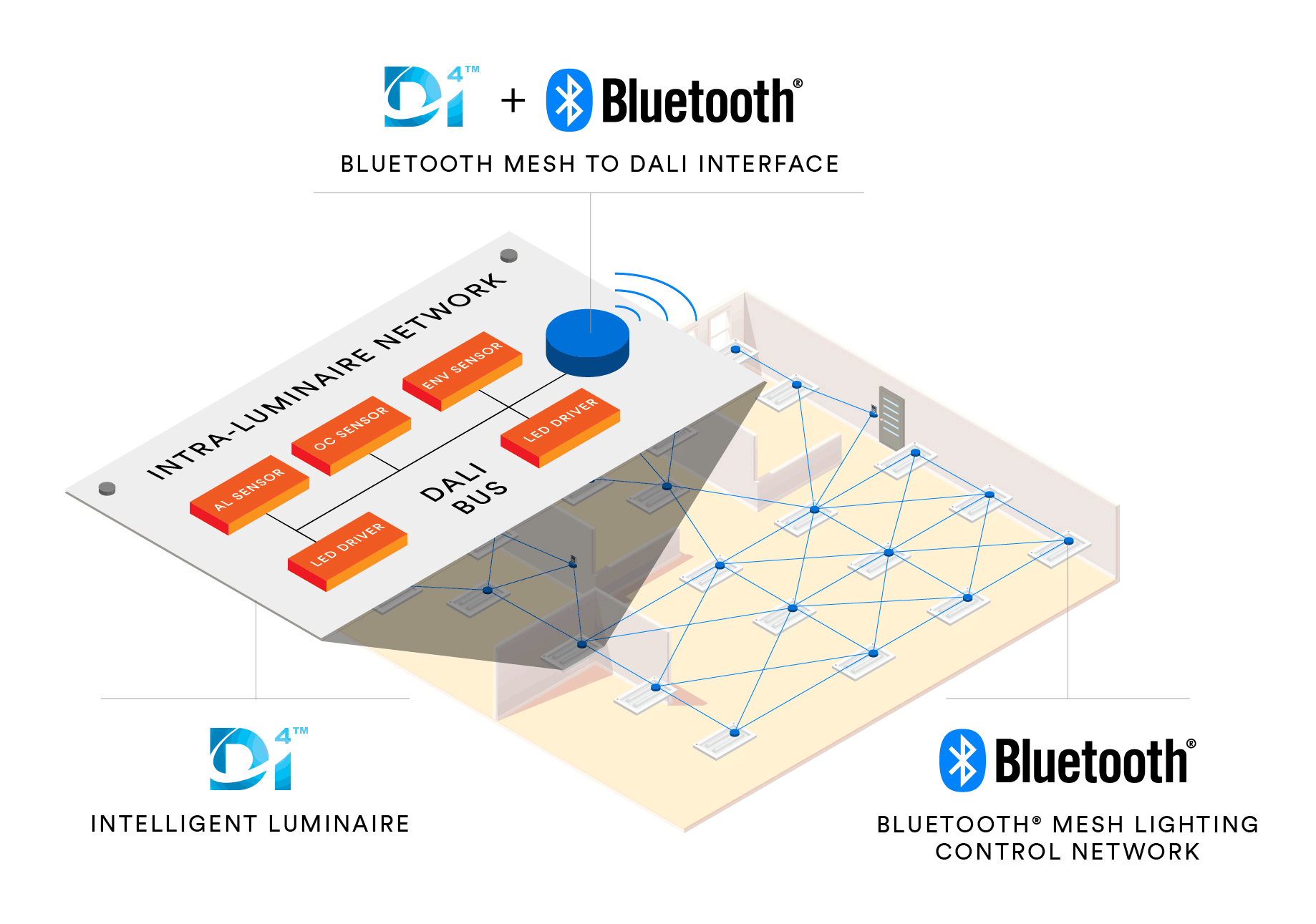
Enter the Bluetooth Special Interest Group (SIG) and the DiiA (Digital Illumination Interface Association). The DiiA, the global DALI alliance of companies from the lighting and sensor industries, and Bluetooth technology, the global leader for IoT wireless technology are coming together to help the lighting industry make this giant leap forward.
The Bluetooth SIG and DiiA announced they are working together to specify a standardized interface for D4i intelligent luminaires to be provisioned, monitored, and controlled on a Bluetooth Mesh lighting control network. This interface will enable D4i certified luminaires and DALI-2 devices to be deployed within qualified Bluetooth Mesh intelligent lighting control networks. This means that data stored in sensor-rich luminaires can now flow freely between luminaires, and most importantly, to building management systems, removing one of the biggest barriers to realizing the true potential of IoT lighting and, as Szymon Slupik, CTO and founder of Silvair, a leading developer of Bluetooth mesh lighting technology, says, “moving towards sustainable, human-centric buildings.”
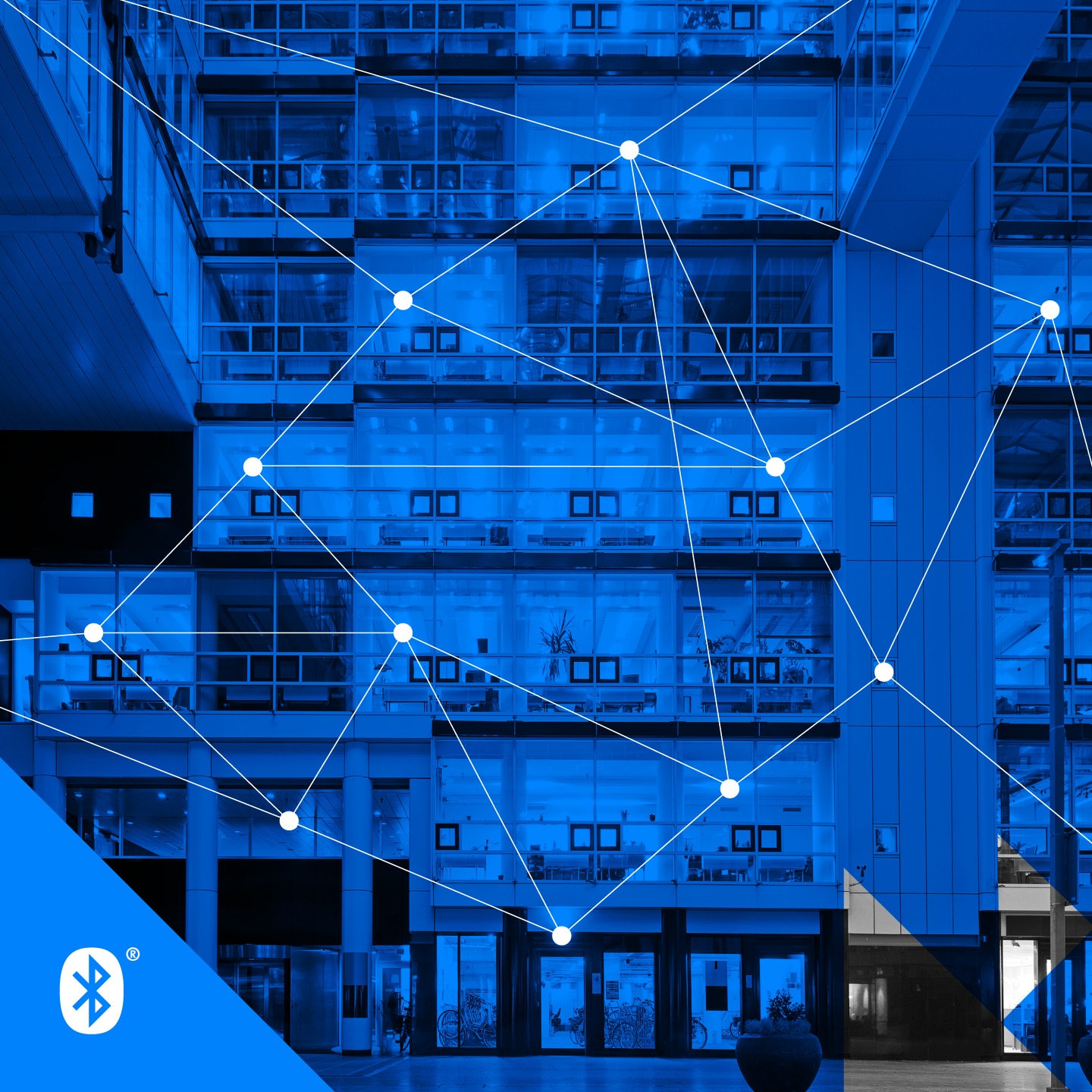
Into the IoT Light
An intelligent lighting infrastructure can help satisfy the growing demand for more human-centric building environments while achieving valuable energy savings, lowering maintenance costs and enhancing services for building managers. This same infrastructure can also help industries like hospitals and transportation manage and locate critical equipment for their operation, as well as help building managers understand space utilization to help prioritize future lighting requirements and even current cleaning and service needs.
Recent forecasts from ABI Research predict that 40% of connected endpoints in commercial buildings will be smart lighting based by 2021. According to Slupik, “The value of additional services enabled by smart lighting is seven to ten times more valuable than the lighting controls and energy savings themselves.”
Initial data from early adopters is promising. Results from commercial office implementations show that a human-centric lighting scheme had boosted productivity by 18 percent and work accuracy by 12 percent. What’s more, three out of every four employees reported feeling happier. In fact, half even felt healthier.
These advancements in energy efficiency, occupant experience, and additional enhanced services through data are why many feel the IoT is the future of commercial lighting.
Standards Lead the Way
The creation of a standardized interface between D4i intelligent luminaires and a Bluetooth® Mesh lighting control network is a key milestone that will enable the industry to realize the full potential of IoT lighting. As Slupik reminds us, standards have always been “a catalyst for progress, creating new markets and driving the widespread adoption of technological innovation.” Without them, mass adoption is impractical, if not impossible.
Slupik puts it best when describing the value of standards. “They bring freedom of choice, transparency, and security that can never be reached by proprietary technologies. And, what is perhaps most important, only standards can create global interoperable ecosystems where devices from different manufacturers work with each other out of the box.”
Slupik should know. He’s the chair of the Bluetooth Mesh Working Group and helped usher in a new standard for connected lighting with the 2017 adoption of Bluetooth Mesh networking specification in the Bluetooth SIG.
The introduction of a standard Bluetooth® Mesh technology brought global interoperability and ease of use to commercial lighting. The next logical step in the evolution of connected lighting is unlocking the data that’s available from the deployment of intelligent luminaires to bring those additional advanced building services to life. That requires a bridge between the lighting control network and the intra-luminaire network. And you guessed it. Standards play an important role in making this happen.
Arnulf Rupp, Head of Standardization at OSRAM agrees. “Establishing a standard Bluetooth Mesh interface for D4i intelligent luminaries will open up industry opportunity and enable the deployment of even more advanced, interoperable IoT-enabled commercial lighting systems while ensuring an equivalent light control behavior between both standards.”

One Leap Closer to the Future of IoT Lighting
Not only is Bluetooth® Mesh networking the most resilient and simple to deploy technology for commercial lighting applications, but Bluetooth technology is also best positioned to enable data-driven smart building services that represent the biggest benefits of intelligent lighting in commercial settings. The standardized integration between Bluetooth technology and D4i will allow for efficient collection, movement, and analysis of building operations data that can generate value, helping accelerate the adoption of IoT-enabled commercial lighting systems.
“Commercial building owners around the world are being asked to improve energy efficiency while also enhancing the occupant experience,” said Mark Powell, CEO of the Bluetooth SIG. “The IoT-enabled intelligent lighting systems this collaboration enables promise to deliver the exact solution these building owners need.”
In short, DALI with D4i, the leading IoT standard for intelligent luminaires is collaborating with Bluetooth, the leading standard for intelligent lighting control networks. This collaboration ensures that all the components of a system, the sensor-rich luminaires and the lighting controls, can understand each other and interoperate smoothly, making it easier for everyone on the value chain, including end users.
![]()





